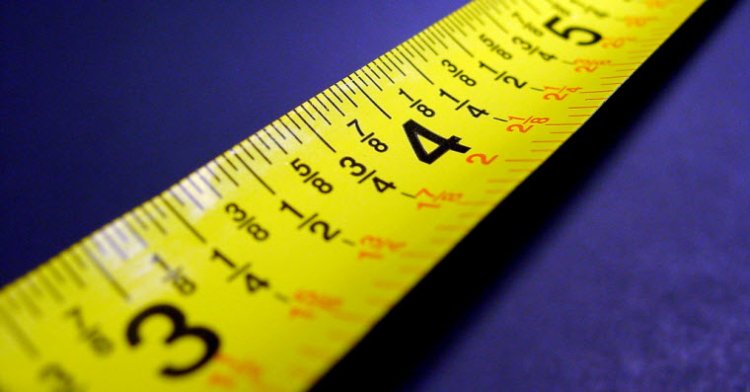“If you’re not moving forward, you’re falling backwards” – this quotation is very true when applied to business. It’s unforgivable to be content with what you already have and stand still – because your competitors won’t be waiting for you to eventually start progressing and will very quickly take over.
So, if you’ve started thinking about improving employee productivity, it’s a great sign that you’re not willing to stay where you are now. However, you cannot operate the indefinite “better” or “worse” notions when referring to work efficiency. And how will you know whether it is really improving or getting worse if you don’t know the current efficiency level? So, to see the result, start measuring employee productivity before taking any further actions towards improvement.
This one is clear, but then another question arises: how to actually measure productivity? There’s no one-size-fits-all solution here due to the huge versatility of businesses, work tasks and their peculiarities which call for different measurement criteria to demonstrate relevant results. Let’s get more specific and view the key ways of evaluating employee productivity.
Tasks tracking
This method is mostly applicable to the industries where work results are quantitative. Like, the number of products/parts of product an employee produces during a certain time period, or the number of clients served, tickets handled, tasks performed, etc. Nevertheless, its weak point is quality or work effectiveness. In other words, an employee may demonstrate exceptional quantitative productivity, but most of the items produced are defective or of very poor quality. Or, a call center specialist manages to respond to a lot of clients, but they are dissatisfied with his/her assistance. In this case, it is important to set the quality requirements along with the quantitative ones.
In other words, an employee may demonstrate exceptional quantitative productivity, but most of the items produced are defective or of very poor quality. Or, a call center specialist manages to respond to a lot of clients, but they are dissatisfied with his/her assistance. In this case, it is important to set the quality requirements along with the quantitative ones.
Results tracking
This method of measuring employee productivity can be used in situations when there work output is not so easy to count. It is based on setting measurable quantitative goals and estimating how well an employee can reach them, taking into account the quality and time period required.
It is also possible to set goals for the company in general and let each employee know what should be his/her contribution in pursuing them. It’s important that each employed has all the necessary equipment and tools, as well as is trained adequately to be able to fulfill the duties. For example, you may set the increase of website traffic in percent or by an exact figure during a period of time, the percentage of returning customers, the number of successful deals or their profitability, etc.
To ensure success, it is important to set realistic, reachable goals, and regularly check the progress, acknowledging small victories and milestones on the way. Moreover, working out a reward system for reaching the goals will serve as a perfect incentive to work hard.
Time tracking
Measuring employee productivity with the help of time tracker service is applicable in every sphere where computers are the major work tools. Unlike the previous methods, it is effective in cases when the work results and the number of tasks performed are extremely versatile or complex. The examples are digital marketers, developers, web agencies employees, designers, freelancers, etc.
Using a time tracking service, it is possible to measure the amount of time employees dedicate to work and the time they spend on breaks or personal matters. Basically, these tools gather the information on what websites or resources are used with the exact timing, plus automatically categorize them according to the efficiency (productive/unproductive/neutral) and provide an objective productivity estimate.
But this is just one of the aspects of a time tracker usage. The tool like Yaware.TimeTracker also offers an opportunity to track offline activities (the time away from the computer) by asking for their reason when the employee gets back to the workplace. It helps to differentiate between coffee/lunch breaks and business meetings, for instance.
Moreover, with the data provided, you will be able to identify the most and least productive employees and discover the most common distractions taking up much of your staff time. It is a great way to improve discipline and time-management skills of each team member.
Wrapping up
These are the most popular methods of measuring employee productivity, and they are best used in combination. Tracking work time along with goal setting can provide awesome results in boosting the work efficiency throughout the company.
So, if you’re anxious to start right now, sign up for Yaware.TimeTracker to get your free 14-day unlimited trial. Be sure, this short period will be enough to see how much more efficient your employees can be and what results they might achieve by taming the distractions and getting more organised.

